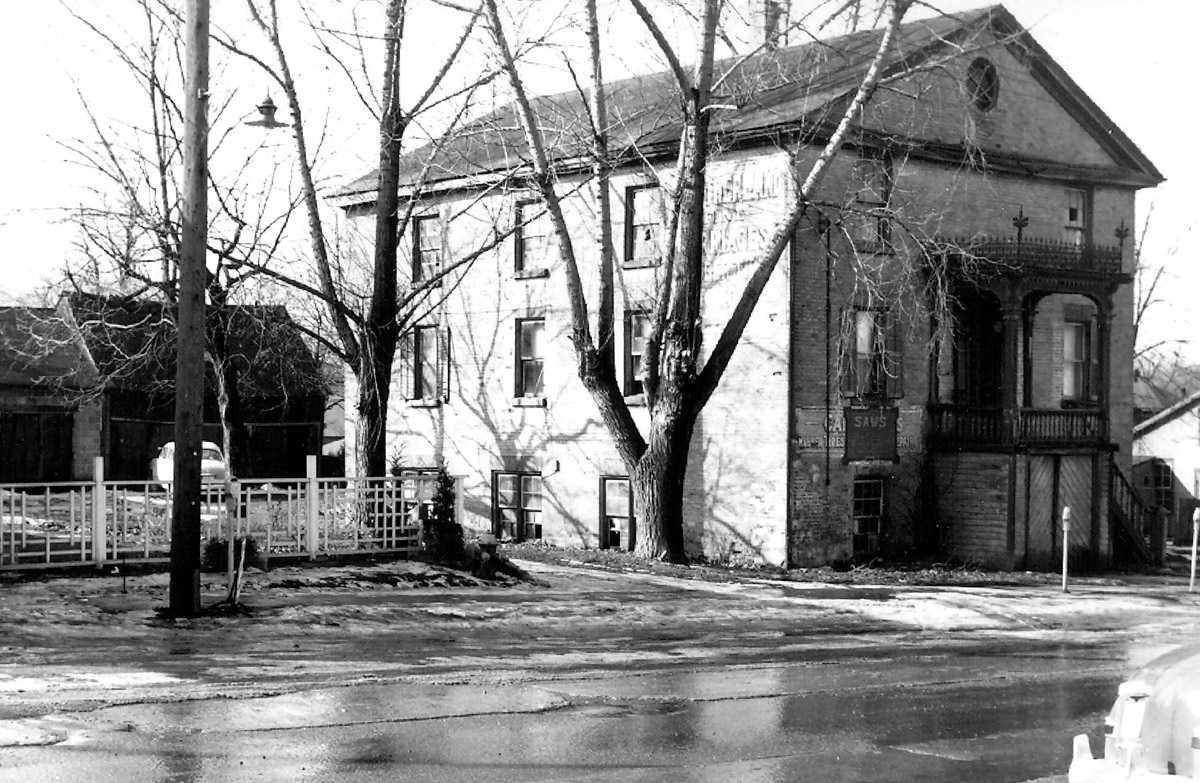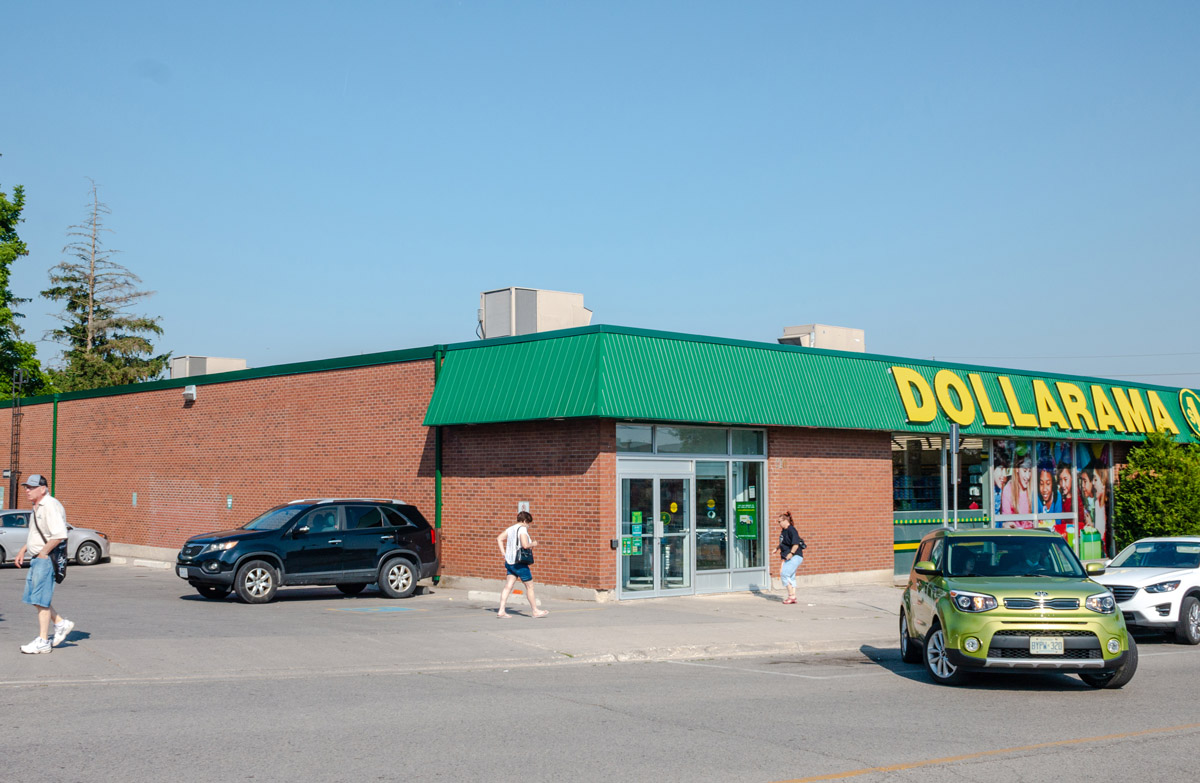Wesleyan Methodist Church
The Wesleyan Methodist Church on Oxford Street in Ingersoll was built in 1854 by residents of the town who had formerly been enslaved in the United States. It is said to have been the northernmost terminus of the Underground Railroad in this part of Southwestern Ontario. The Church consisted of a three-storey brick building which could seat five hundred people, with living quarters for the minister on the top floor. Pine boards in the attic measured twelve to fourteen inches wide, which indicates the size of white pine trees that inhabited Oxford County then. Led by Quakers by the way of St. Thomas, Black people escaping enslavement in plantations in Virginia, Georgia, Louisiana, and even as far as New Orleans, were smuggled into the attic of the Ingersoll Church during the night. Others were brought here as part of a stage couch operation from Port Burwell by abolitionist Harvey C. Jackson, who made regular trips inland to the Daily House Hotel. Opponents of slavery would try to find work for them on neighbouring farms throughout Oxford County, or would transport them to other areas to work, to enable them to safely reach their destinations.
* * *
Not only was the Church a haven for those escaping enslavement, but Black people were also involved in the choir. In April 1858, fiery American Anti Slavery supporter John Brown preached at the Church on “the horrors perpetrated at the Free-Staters by the Missouri Ruffians and Pro-Slavers from the South.” In 1934, ninety-four year old Black Ingersoll resident Clarence Brown stated that this speech was the reason why he enlisted to fight for the North in the US Civil War. During Ingersoll’s fire of 1872, the Wesleyan Methodist Church was badly scorched but was able to be repaired. However, a second fire in 1956 destroyed the Church and the property became a car wash in the 1960s. Today, no structural remnants exist to indicate the role Ingersoll once played in aiding the enslaved to their freedom.


